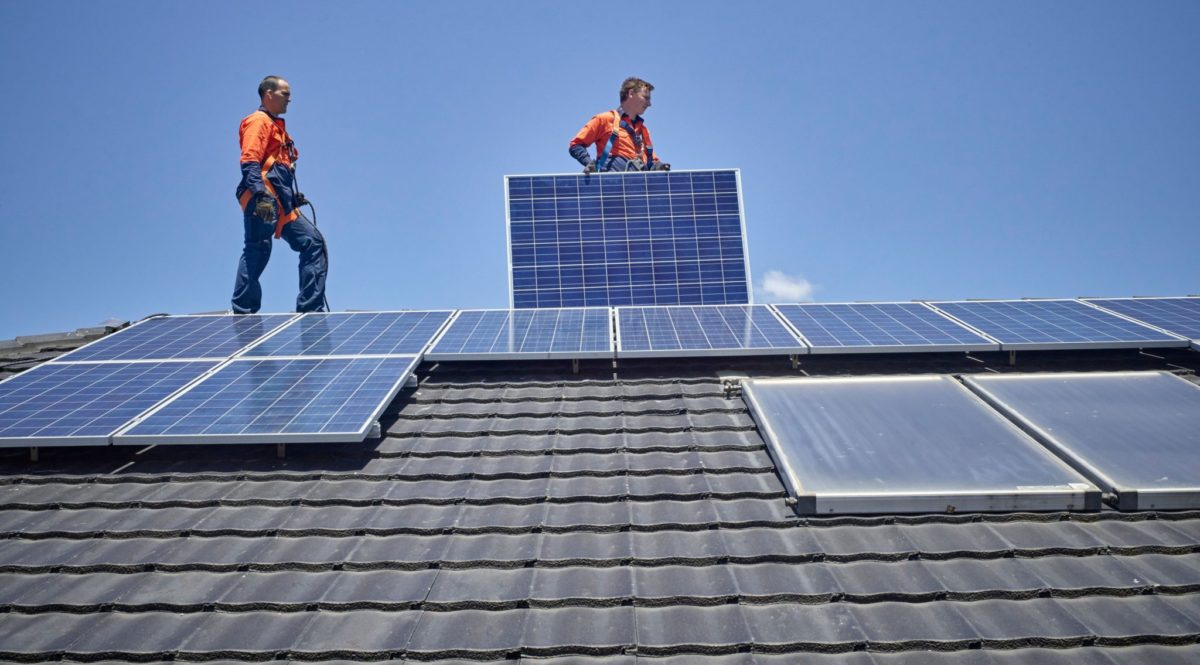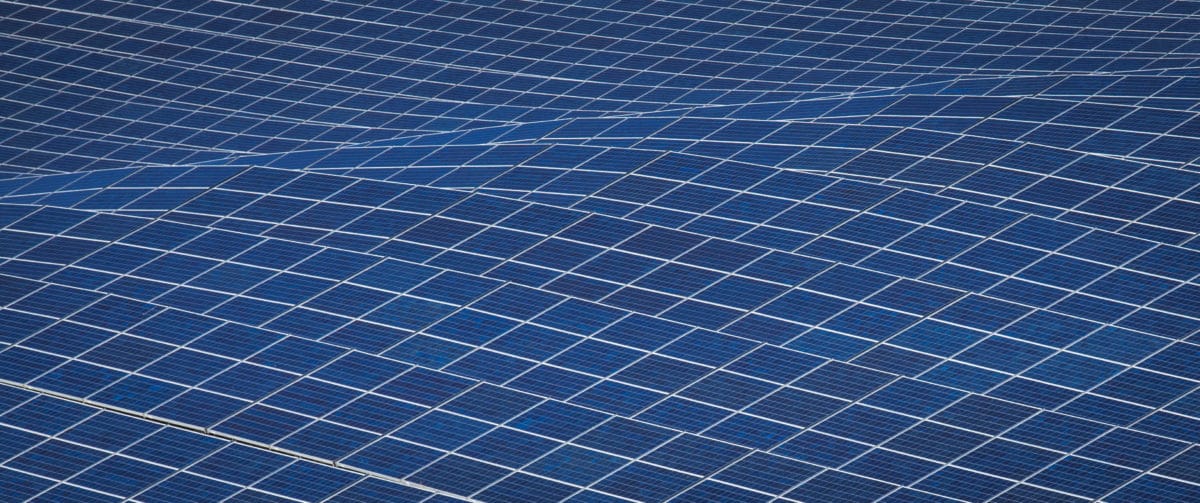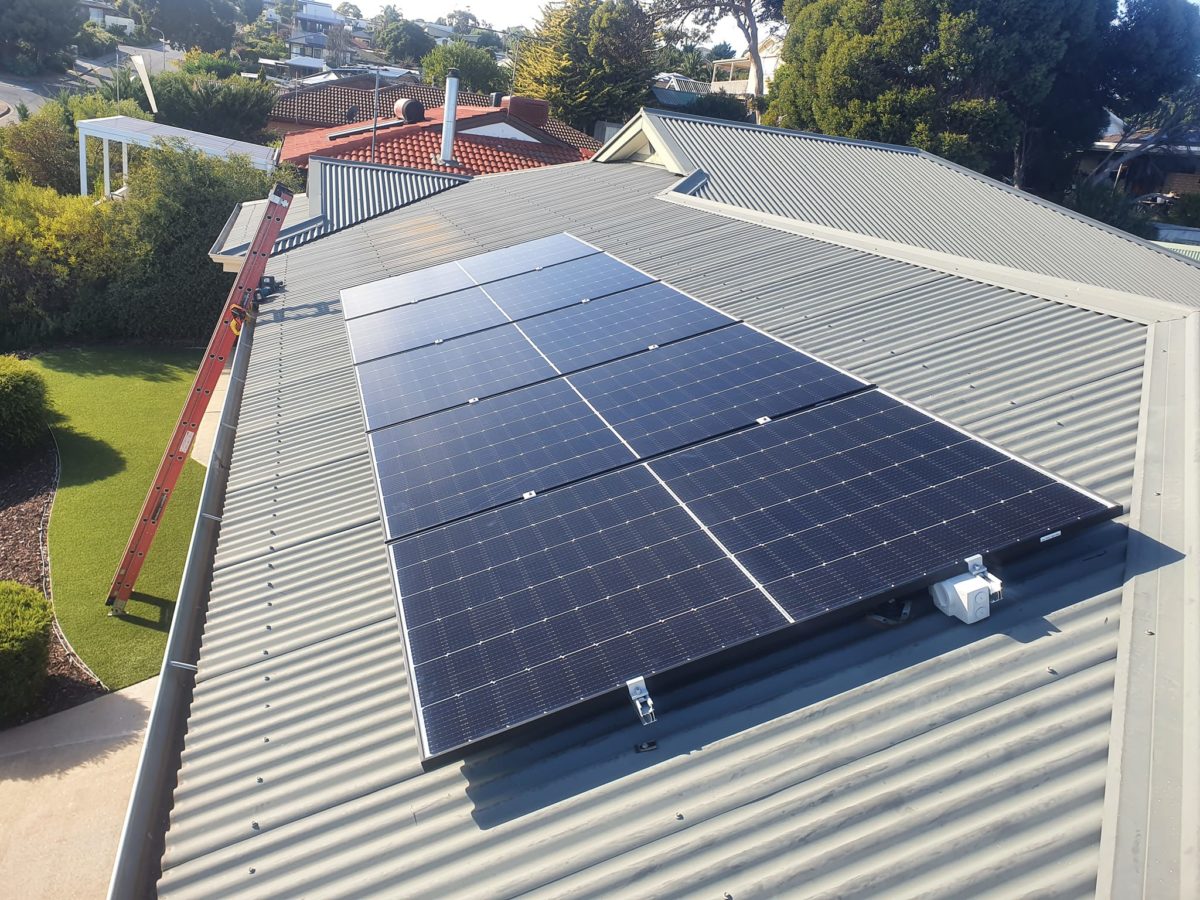https://www.pv-magazine-australia.com/2022/06/08/melbourne-homeowner-in-heritage-overlay-ordered-to-remove-rooftop-solar-panels/

Image: Origin
A homeowner in the Melbourne suburb of Canterbury has been ordered to remove his recently installed solar panels by his local council. That very council, the City of Boroondara, formally declared a climate emergency in 2021 and called for a tripling of rooftop solar in its catchment.
The reason? The home is within a heritage overlay, that zone long-dreaded by renovators and now also the frustration of people looking to reduce their emissions and excessive energy bills by installing rooftop solar.
According to The Age, Richard Barnes installed the panels last year and challenged the notice from the City of Boroondara in the Victorian Civil and Administrative Tribunal (VCAT). However, Barnes was ordered to remove the panels by June 26.
“We just think it’s crazy given the bigger picture,” Barnes said. “Somehow these anachronistic heritage guidelines defeated combating the climate crisis. I think it’s ridiculous.”
Barnes, who already has solar hot water panels on his home’s north-facing roof, said the removal of panels from his street-facing roofs directed eastward and westward would reduce his total electricity generation by 40%.
“It really brings it all to a head,” Barnes continued. “Are these things ugly? And do we still, in 2022, say ‘No, we don’t like them’? Or do we say ‘Well, actually there’s a climate crisis, and let’s forget all that stuff now’.”
One VCAT member, Jane Tate, said the sustainability concerns raised by Barnes “are not contained in the relevant decision guidelines of the applicable heritage policies”.
According to the ABC, the City of Boroondara says no request to install the panels was submitted, while Barnes himself says no permit would’ve been provided anyway. In light of the overarching climate crisis, it seems that Barnes assumed it would be easier to ask forgiveness rather than permission.
However, the issue seems to be one of aesthetic heritage. Strange considering the solar panels were installed on a suburban rooftop and not on Uluru or the Opera House.
Tate said that while the panels do not damage or alter the roof in any way, they do obscure a “sizeable proportion” of the western roof panel on the principal facade. “I consider this will detract from the heritage significance of the dwelling as it presents to the street,” she said.
“Whilst the panels are obviously a modern feature that could be removed later, I consider this is unlikely given the shift towards use of renewable energy.”
Interestingly, the chief executive of the Victorian branch of heritage group the National Trust of Australia, Simon Ambrose, came out in support of Barnes and the installation of solar panels on heritage buildings.
“The transition to solar energy needs to be balanced with the heritage values of individual places on a case-by-case basis, and in most places, it’s possible to integrate solar technology without compromising heritage significance,” Ambrose said.
However, Ambrose, like VCAT, suggested a compromise between solar installation and heritage properties is to install said panels on rear-sided roofs, which therefore won’t affect the streetscape aesthetic.
Of course, where panels are best positioned depends on the roof layout of the house in relation to the arc of the sun, so this compromise is only feasible in heritage-listed properties whose rear-facing roofs are ideally positioned.
Not the first time, not the last
Barnes is not the first heritage-listed homeowner to be told to remove solar panels, similar notices have been given to residents in Bayside, Nillumbik, the City of Hobsons Bay and the City of Yarra.
In 2019, a study produced by academics from Sweden’s Uppsala University and architectural consultancy Gitter Consult AB sought to establish when it is appropriate to install solar on historic buildings and how to do so with minimum visual impact.
In the paper Target-based visibility assessment on building envelopes: Applications to PV and cultural-heritage values – published in Energy and Buildings and on the ScienceDirect website – the authors recommended solar installed on historic buildings should take into account shading, visibility and cultural-heritage values.
In visibility terms, the impact on nearby residents should be the primary concern, wrote the authors of the study. They suggested PV arrays can be installed provided there is high integration with a building’s roof and no risk of damaging or distorting the fabric of the structure.
A more recent 2022 study from researchers at the University of Cambridge found that installing solar panels could help historic buildings beat the rising costs of energy.
The study published in the journal Energy Science & Engineering found that the Grade I listed Bath Abbey could save around 10 tonnes of carbon dioxide annually while generating 45 MWh of clean solar energy.
“Not only does it make financial sense, but the installation of solar panels on Bath Abbey could inspire reinvigoration of solar PV deployment in the UK which has stagnated over the past five years,” said co-author Adam Urwick.
“It was exciting to contribute to work on such an iconic building in my hometown,” said co-author Alan Bowman, from Cambridge’s Cavendish Laboratory. “We’ve shown that it’s possible for historical buildings to reduce their carbon footprint without impacting how they look from the ground, demonstrating that almost everyone is able to help tackle the climate emergency. I’m hopeful our work will encourage other historical buildings to consider installing solar panels.”
Famous heritage-listed buildings around the world are already sporting solar PV, including Edinburgh Castle and the Vatican.

Image: Historic Environment Scotland
BIPV opportunity?
What is clear in this case is that the climate crisis, increasing energy bills and heritage preservation can sometimes be at odds. However, when it comes to PV that need not be the case.
After all, when it comes to cases of heritage-listed buildings is this not the ideal market opportunity for custom designed building integrated PV (BIPV)?
Of course, a copper-plated steampunk-inspired module or a more inconspicuous solar tile might be more expensive for the owners of heritage-listed properties, but perhaps the increasingly aesthetic capabilities in BIPV is the only solution to this problem that will satisfy all parties.
This content is protected by copyright and may not be reused. If you want to cooperate with us and would like to reuse some of our content, please contact: editors@pv-magazine.com.
<




